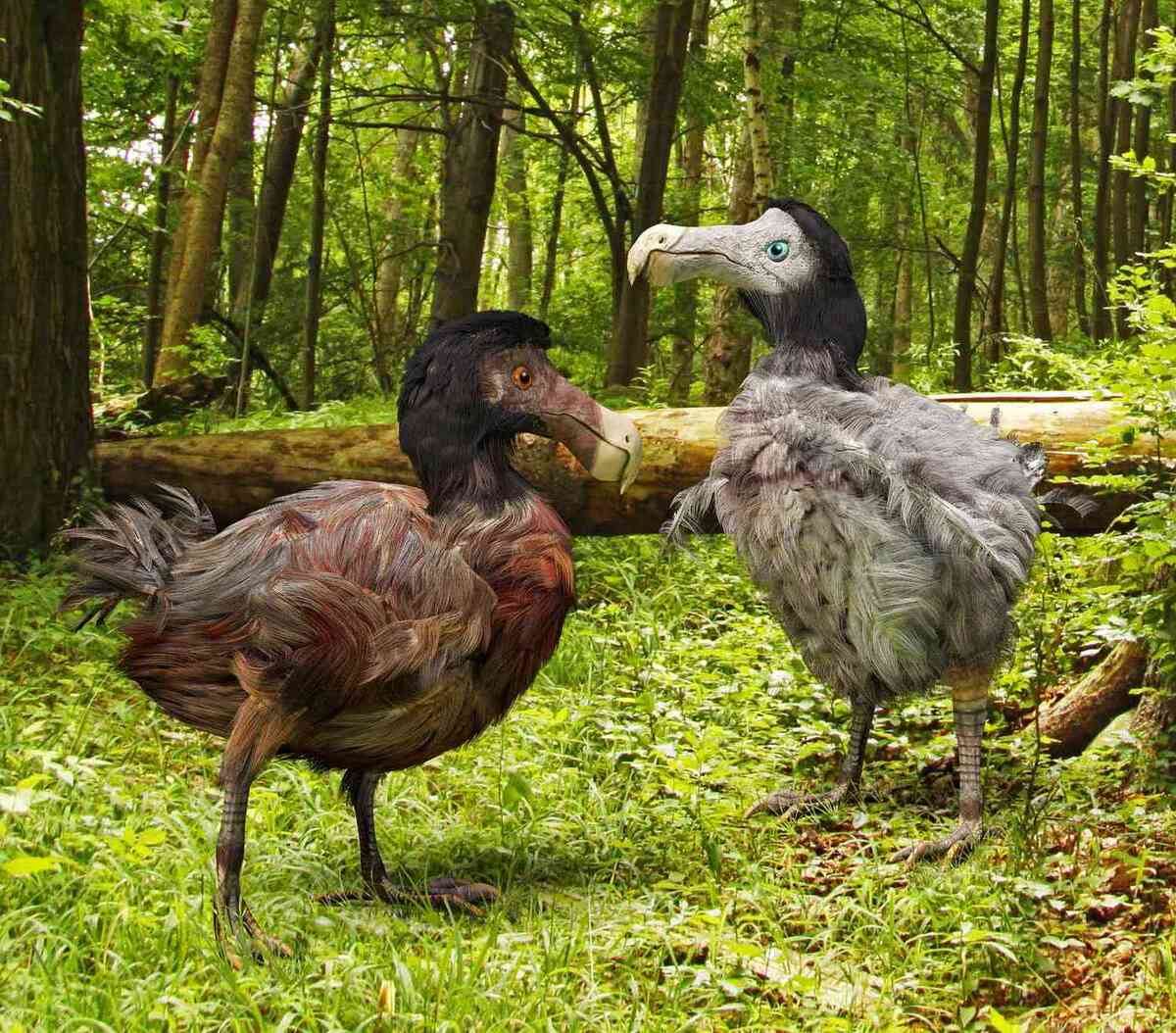
Did you know that terror birds once roamed South America? These flightless giants, known as Phorusrhacidae, were apex predators millions of years ago. Standing up to 10 feet tall, they had powerful beaks and strong legs, making them fearsome hunters. Imagine a bird as tall as a basketball hoop chasing prey with lightning speed. Fossils reveal their existence from the Paleocene to the Pleistocene epochs. Despite their fearsome reputation, these birds eventually went extinct. Scientists believe climate changes and competition with other predators played a role. Fascinatingly, their closest living relatives are the much smaller seriemas found in South America today.
Key Takeaways:
- Terror birds, or Phorusrhacidae, were massive, flightless predators that roamed South America during the Cenozoic era. With their powerful beaks and speed, they struck fear into the hearts of smaller creatures, leaving a lasting legacy in the fossil record.
- These ancient predators faced extinction due to climate change, new competitors, and possibly human activity. Despite their disappearance, terror birds continue to captivate our imagination, inspiring cultural references and comparisons to modern-day animals like ostriches and emus.
What Were Terror Birds?
Terror birds, also known as Phorusrhacidae, were a group of large, flightless birds that roamed South America. They were apex predators during their time, striking fear into the hearts of many smaller creatures.
- Phorusrhacidae lived during the Cenozoic era, approximately 62 to 2 million years ago.
- These birds could grow up to 10 feet tall, making them one of the largest predatory birds ever.
- Their beaks were hooked and powerful, similar to those of modern-day eagles, but much larger.
- Despite their size, they were fast runners, capable of reaching speeds up to 30 mph.
- Fossils have been found primarily in South America, but some have also been discovered in North America.
Physical Characteristics of Terror Birds
These birds had unique physical traits that made them formidable hunters. Let's delve into some of their most notable features.
- They had long, powerful legs designed for running and delivering strong kicks.
- Their wings were small and vestigial, indicating they had lost the ability to fly.
- The skulls of terror birds were large, with some species having skulls over 2 feet long.
- Their eyes were positioned forward, giving them binocular vision for better depth perception.
- The beak was not only large but also serrated, perfect for tearing flesh.
Hunting and Diet
Terror birds were carnivorous predators. Their hunting techniques and diet were as fearsome as their appearance.
- They primarily hunted small to medium-sized mammals, using their speed and strength to catch prey.
- Some species may have scavenged, feeding on carcasses left by other predators.
- Their powerful beaks could crush bones, allowing them to consume every part of their prey.
- They likely used their beaks to deliver fatal blows to their prey, similar to how modern birds of prey hunt.
- Evidence suggests they may have hunted in packs, increasing their effectiveness as predators.
Fossil Discoveries
Fossils provide crucial insights into the lives of these ancient birds. Here are some fascinating facts about their fossil records.
- The first fossil of a terror bird was discovered in Argentina in the late 19th century.
- Fossils have been found in various locations, including Argentina, Brazil, and Uruguay.
- A nearly complete skeleton of a terror bird was found in Patagonia, providing valuable information about their anatomy.
- Fossilized footprints have been discovered, showing their distinctive three-toed tracks.
- Some fossils show evidence of healed injuries, suggesting they engaged in combat with other predators or among themselves.
Extinction of Terror Birds
Understanding why these magnificent creatures went extinct can shed light on the challenges they faced.
- Climate change played a significant role in their extinction, as their habitats changed drastically.
- The arrival of new predators and competitors, such as large mammals, also contributed to their decline.
- Human activity may have played a part, as early humans hunted many large animals to extinction.
- Their extinction occurred gradually, with the last species disappearing around 2 million years ago.
- Despite their extinction, they left a lasting legacy in the fossil record, providing valuable insights into prehistoric ecosystems.
Cultural Impact and Modern Comparisons
Terror birds have captured the imagination of many, inspiring various cultural references and comparisons to modern animals.
- They have appeared in numerous documentaries, books, and films, often depicted as fearsome predators.
- Some scientists compare them to modern-day ostriches and emus, which share some physical traits.
- The cassowary, a modern bird found in Australia, is often called a "living dinosaur" and shares some similarities with terror birds.
- Terror birds are sometimes featured in video games and other media, highlighting their enduring fascination.
- Their fearsome reputation has made them a popular subject for paleontologists and enthusiasts alike.
Interesting Tidbits
Here are some additional intriguing facts about these ancient predators that you might find fascinating.
- Some species of terror birds had claws on their wings, a trait shared with some other prehistoric birds.
- They are believed to have had excellent hearing, aiding them in hunting and avoiding danger.
- The largest species, Kelenken guillermoi, had a skull measuring over 28 inches long.
- Despite their fearsome appearance, they likely played a crucial role in their ecosystems, controlling populations of smaller animals.
- Ongoing research continues to uncover new information about these fascinating creatures, keeping their legacy alive.
The Final Roar of Terror Birds
Terror birds, with their towering stature and fearsome beaks, ruled ancient landscapes. These flightless predators, part of the Phorusrhacidae family, thrived in South America millions of years ago. Their powerful legs and sharp beaks made them formidable hunters, preying on small mammals and other creatures. Fossil evidence reveals their dominance and adaptability, showcasing their role in prehistoric ecosystems.
Despite their extinction, terror birds continue to captivate scientists and enthusiasts alike. Their unique characteristics and evolutionary history offer valuable insights into the past. Understanding these ancient predators helps us appreciate the diversity and complexity of life on Earth.
So, next time you think about prehistoric creatures, remember the terror birds. Their legacy lives on through fossils and the stories they tell. These ancient giants remind us of a time when birds ruled the land, leaving an indelible mark on history.
Frequently Asked Questions
Was this page helpful?
Our commitment to delivering trustworthy and engaging content is at the heart of what we do. Each fact on our site is contributed by real users like you, bringing a wealth of diverse insights and information. To ensure the highest standards of accuracy and reliability, our dedicated editors meticulously review each submission. This process guarantees that the facts we share are not only fascinating but also credible. Trust in our commitment to quality and authenticity as you explore and learn with us.


